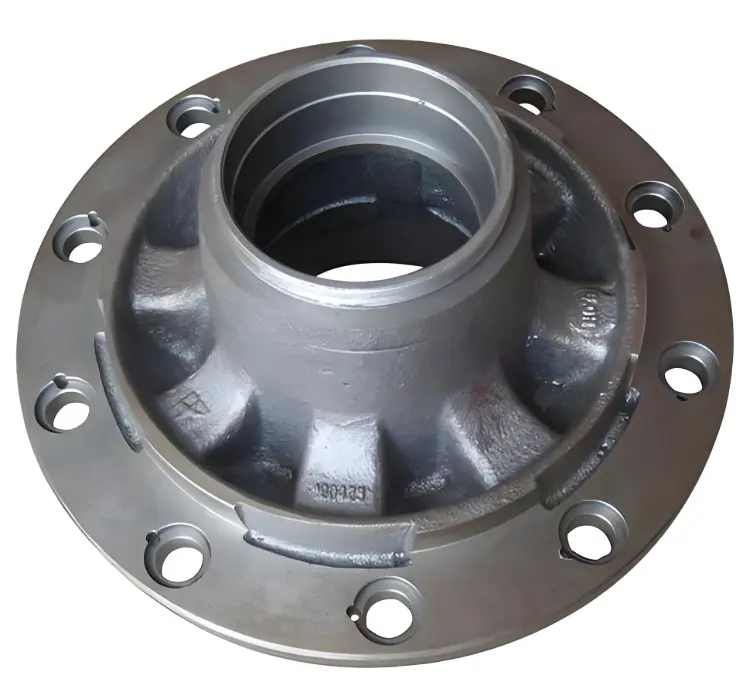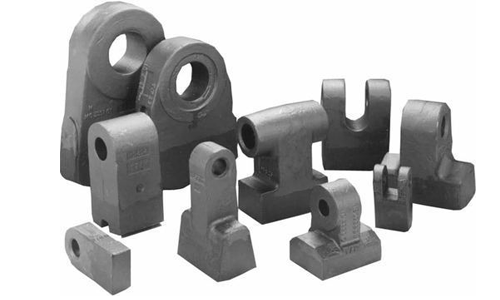Medium carbon steel usually contains 0.3% to 0.6% carbon, as well as a small amount of manganese (0.6%–1.65%) and trace elements such as silicon, phosphorus, and sulfur. This composition gives it a balanced combination of strength, toughness, and wear resistance, making it stronger than low-carbon steel while retaining a certain degree of ductility.
Medium carbon steel is classified according to its microstructure and properties after heat treatment. Common types include ordinary carbon steel (usually used in untreated form) and alloy carbon steel (containing elements such as chromium, molybdenum, or nickel to enhance strength and hardness). In addition, quenched and tempered carbon steel has higher wear resistance and durability after treatment.
I. Main characteristics
1.1 Mechanical properties:
Strength and hardness: Medium carbon steel has relatively high strength and hardness, which can meet the application requirements of medium strength level. Its tensile strength σb is usually between 600~1100MPa, and the maximum hardness can reach HRC55 (HB538).
Plasticity and toughness: Compared with low carbon steel, carbon steel has lower plasticity and toughness, but it is still within an acceptable range and is suitable for some applications that require certain plastic deformation.
1.2 Processing performance:
Hot working and cutting performance: Medium carbon steel has good hot working and cutting performance, which is easy to process into parts of various shapes and sizes.
1.3 Welding performance: The welding performance of medium carbon steel is relatively poor, and it is easy to crack and deform. Therefore, it needs to be preheated before welding and heat treated after welding to improve its welding performance.
1.4 Heat treatment performance:
After quenching and tempering, carbon steel can obtain good comprehensive mechanical properties. Quenching can increase its hardness and strength, while tempering can increase its toughness and crack resistance.
2. Main uses
2.1 Machinery manufacturing:
carbon steel is widely used in the field of machinery manufacturing for the manufacture of gears, shafts, pins and other parts. These parts need to withstand certain loads and wear, and the strength and hardness of medium carbon steel can meet these requirements.
2.2 Automobile manufacturing:
In automobile manufacturing, medium carbon steel is often used to manufacture key components such as axles and frames. These parts need to bear the vehicle’s own weight and various loads during driving, so the material is required to have high strength and toughness.
2.3 Engineering machinery:
carbon steel is also commonly used to manufacture parts for heavy equipment such as excavators and loaders. These equipment need to operate in harsh working environments, requiring the material to have sufficient strength and wear resistance.
2.4 Bearing manufacturing:
Medium carbon steel is also widely used in the field of bearing manufacturing. Bearings need to withstand harsh conditions such as high-speed rotation and heavy loads, so the material is required to have high hardness, high wear resistance and good toughness.
2.5 Energy sector
Oil and gas industry: In the oil and gas industry, low carbon steel is used to manufacture equipment such as pipelines and storage tanks.
Medium carbon steel achieves a perfect balance between strength, toughness and versatility, and is an excellent choice for various applications in all walks of life. Whether you need durable automotive parts, reliable building materials or wear-resistant machine parts, carbon steel can provide excellent performance and cost-effectiveness.
We specialize in producing high-quality medium carbon steel castings to meet your specific project needs. With our expertise and casting technology, we ensure first-class results.





